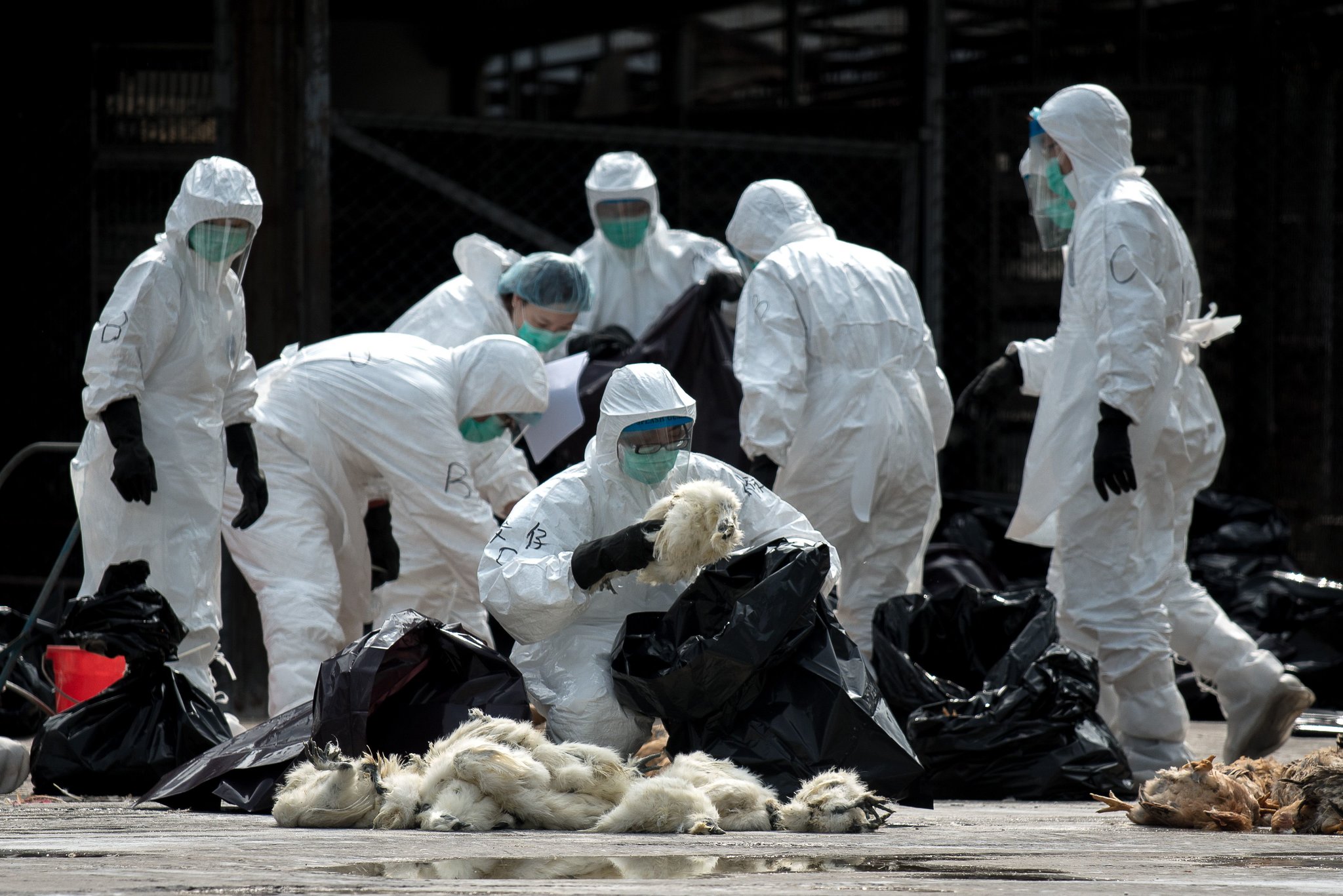On December 29, 1997, Hong Kong began a massive operation, slaughtering 1.2 million chickens to curb the spread of the Bird Flu. The exercise was aimed at eradicating a strange ailment that had killed four people. From commercial flocks to family flocks, farmers spared no chicken. Vendors were seen slitting the throats of their chickens while larger farms gassed their flocks.
Ducks, geese, and quails were not spared either, as the 24-hour drive against the suspected influenza virus A H5N1 kicked off without a hitch. The virus had afflicted poultry for many years but had never crossed to humans before. Bird flu did not present symptoms in all infected people; some people developed antibodies against the disease and made a full recovery. The government directed vendors not to sell any birds until they were confirmed to be safe for consumption.
The vendors were not affected by the flu. After slaughtering the birds, their bodies were placed in plastic bags and transported to government-owned landfills. Scientists could not establish the exact mode of transmission for the disease. Surprisingly, vendors and other business owners were happy about slaughtering their birds.
They complained that chicken was not selling as well as other types of meat like pork and beef. Restaurants that serve chicken as their primary dish reiterated that it cost them more money to keep the birds alive and that it was better to slaughter them. It was not a total loss as the government prepared emergency legislation to compensate farmers, vendors, and other affected parties by $3.85 per bird.

